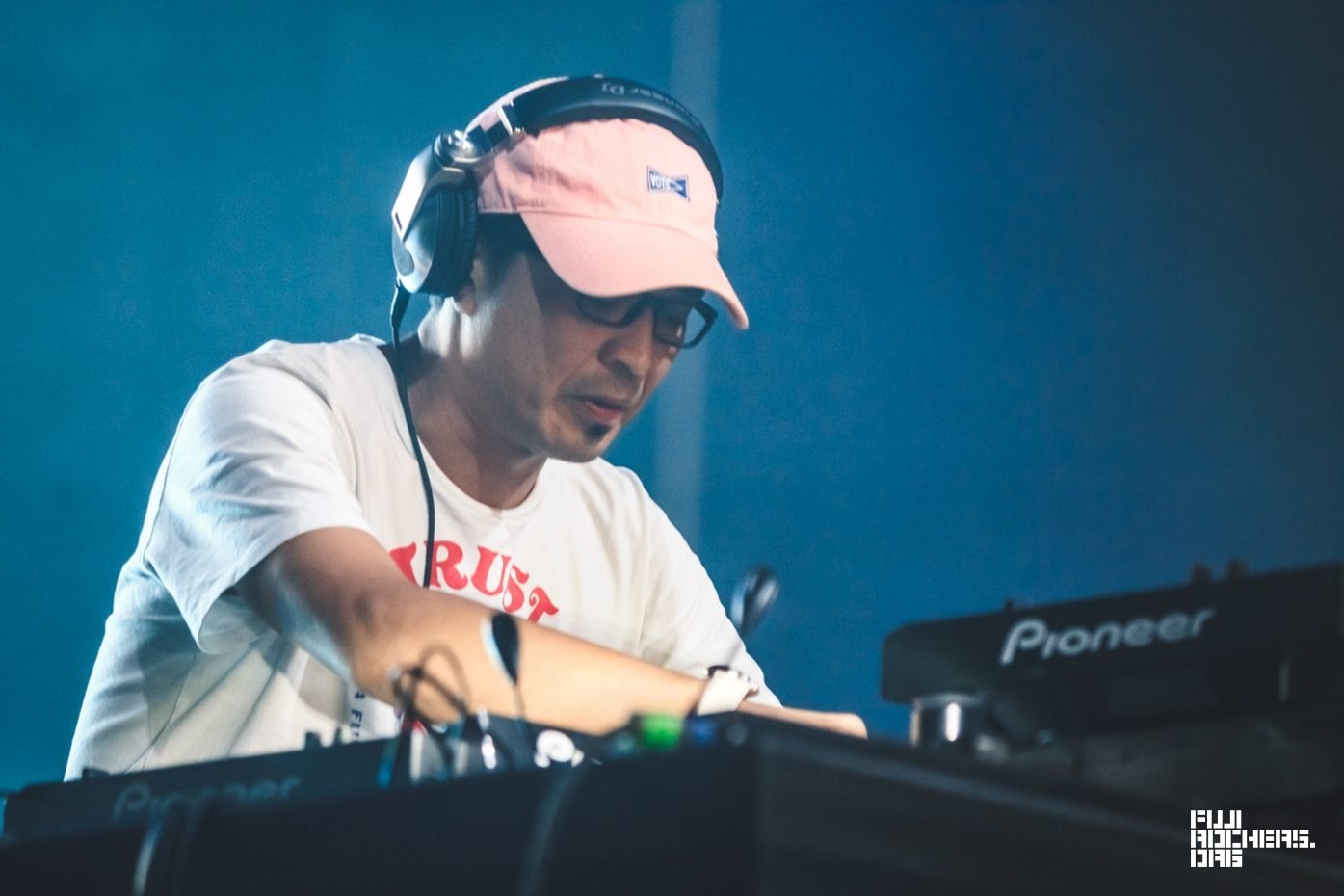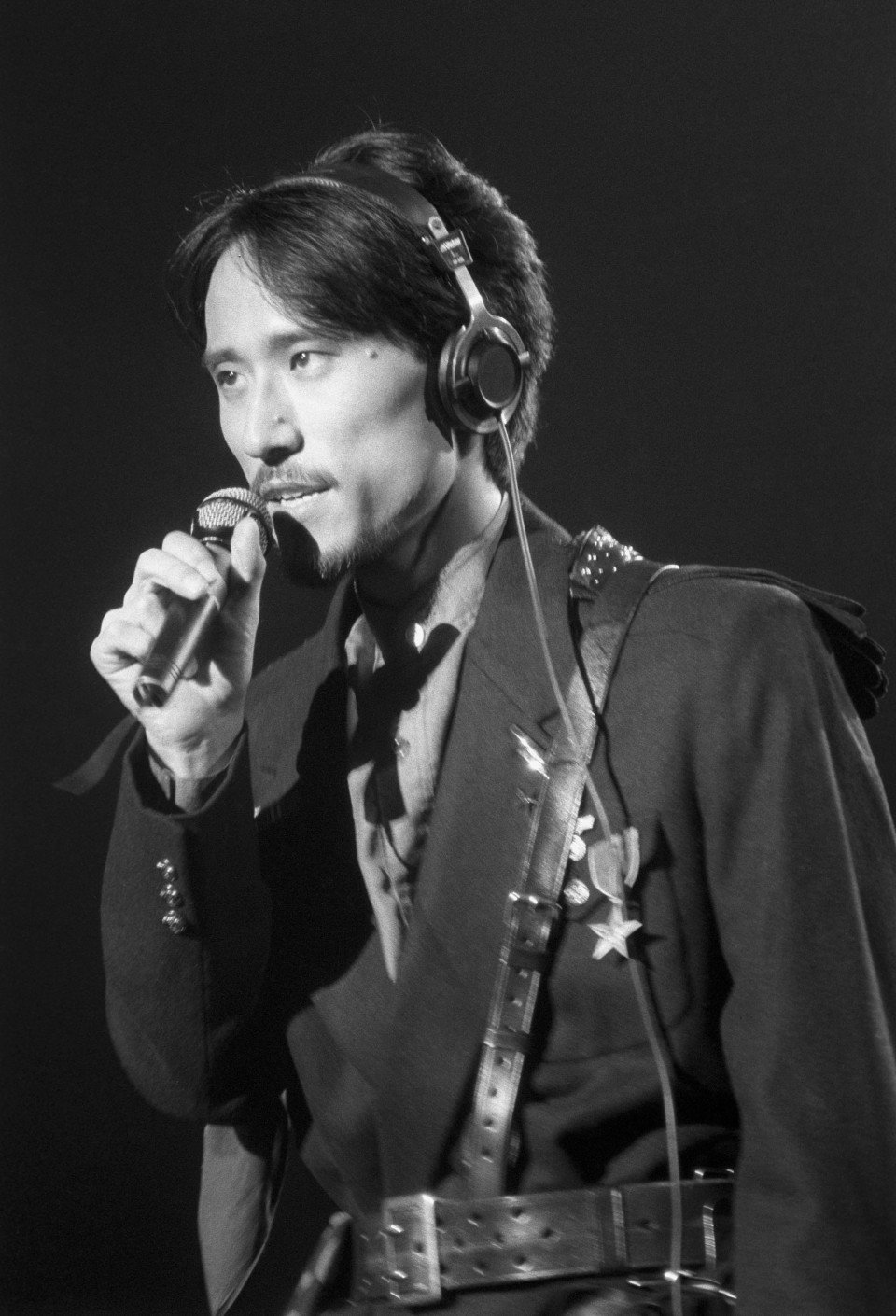The Birth of Modern Japanese Electro: Denki Groove

Before electronic music had any substantial following in Japan, Takkyu Ishino and Pierre Taki established themselves as genre leaders.
The pair played in a new wave band in Shizuoka, but began experimenting with electronic music as they got access to synthesizers in 1989, forming Denki Groove.
The group was picked up by Sony Records in 1991 and released a handful of projects over the next couple years, but the group truly found their soul in 1993, when the group released “Vitamine”. This tape took influences from an even wider range of genres including trance, DnB, disco, and UK garage.
They followed this with “Dragon” in 1994, a more traditional techno tape that garnered attention from the prolific German electronic scene. These two tapes were acclaimed for their forward thinking instrumentation, and infectious vibe at clubs.
Shortly after this the pair split to focus on solo projects, with Takkyu Ishino going on to make a major impact at clubs and festivals across Europe. Meanwhile, Pierre Taki began honing his acting and voice acting skills and appeared in a number of domestic releases.
With their solo careers firmly established in their short break, the group returned to release “Shangri-la” in 1997, which became the group's most mainstream hit. they have reunited to experiment with new sounds over the years, such as on their 80s synthpop tape “VOXXX.” The group even landed a headliner spot in the 2006 Fuji Rock Fest lineup.
Denki Groove is undoubtedly one of the most well known and highly respected Japanese electronic acts globally, and though solo careers have continued to draw attention away from the group, their reunions are highly celebrated.





